I'm writing this without access to preview. Apologies in advance
for links which don't work, typos, grammar glitches, etc. etc.
Yesterday Bluebird asked a very interesting question in response to a
post
I created. "When did choosing the lesser evil become the
American Dream?" I answered briefly and with a little more
convolution than necessary. After answering, I couldn't get the
question out of my head. So to exorcise it I'm posting this.
What is
The American Dream?
I'd probably deny there is such a thing--in the singular at
least. The American Dream as a concept is as tricky as love is as
a concept. I love my friends. I love pizza. Not the
same thing at all. So, what
are
The American Dreams? Plural,
please. There are lots of them, certainly. Some of
them are contradictory--which isn't a problem in the dream world,
but which can be very problematic in the world awake. Let's
start with two iconic dreamers,
Horatio Alger and Martin
Luther King. I place them in that order for
chronology's sake, and I use those two because the one of the dreamers
I really like, John Winthrop, is remembered by nearly no one
except history types like myself.
Algerite's beliefs can be summed up in the words of the Horatio
Alger Society.
The Horatio Alger
Association of Distinguished Americans is dedicated to the simple but
powerful belief that hard work, honesty and determination can conquer
all obstacles. Today, through its Members, the Association continues to
educate our nation's young people about the economic and personal
opportunities afforded them by the promise of the American free
enterprise system.
Founded by Kenneth Beebe and
Norman Vincent Peale after World War II, the membership of those who
"made it" is composed largely of corporate executives. I see
characterstics of
"Mr. Hyde" in this version
of the American Dream--if I'm allowed to bring English Fiction
into the discussion. More about that later. Where
there's a Mr. Hyde there's also a Dr. Jekyl. The good side of the
American Dream--without the transformation into the nightmare.
Here's
Dr. King's Version, to which I
aspire.
I say to you today, my friends, that in
spite of the difficulties and frustrations of the moment, I still have
a dream. It is a dream deeply rooted in the American dream.
I have a dream that one day this nation will rise up and live out the
true meaning of its creed: "We hold these truths to be self-evident:
that all men are created equal."
I have a dream that one day on the red hills of Georgia the sons of
former slaves and the sons of former slave owners will be able to sit
down together at a table of brotherhood.
I have a dream that one day even the state of Mississippi, a desert
state, sweltering with the heat of injustice and oppression, will be
transformed into an oasis of freedom and justice.
I have a dream that my four children will one day live in a nation
where they will not be judged by the color of their skin but by the
content of their character.
I have a dream today.
I have a dream that one day the state of Alabama, whose governor's lips
are presently dripping with the words of interposition and
nullification, will be transformed into a situation where little black
boys and black girls will be able to join hands with little white boys
and white girls and walk together as sisters and brothers.
If king were to deliver that speech
today, he'd probably have to include more states and more
races/ethnicities than he did nearly 50 years ago. I'm not
talking just Arizona here. I'm talking about most of the
United States, largely because of what we've done as we've achieved Mr.
Hyde's version. Just a little from
John Winthrop and I'm off to
prove my case after what I hope is a page break.
While still aboard the Arabella, Winthrop said
. Now the only way to avoid this
shipwreck, and to provide for our posterity, is to follow the counsel
of Micah, to do justly, to love mercy, to walk humbly with our God. For
this end, we must be knit together, in this work, as one man. We must
entertain each other in brotherly affection. We must be willing to
abridge ourselves of our superfluities, for the supply of others'
necessities. We must uphold a familiar commerce together in all
meekness, gentleness, patience and liberality. We must delight in each
other; make others' conditions our own; rejoice together, mourn
together, labor and suffer together, always having before our eyes our
commission and community in the work, as members of the same body. So
shall we keep the unity of the spirit in the bond of peace.
Sounds almost communist! Call up the shade of Joe McCarthy.
Call out the Club for Growth. But please recognize this as
communitarian thought--which infused the thinking of the early Puritans.
Fleeing each other.
If I've done this right, we're on page two, or at
least those who can take large doses of me are.
Here's what Mr. Hyde did:--he used Horatio Alger to get as far away
from the the idea of community as possible--not just from
the idea of community of the unlike, but from other
Horatios as well. He Sprawled. He followed Frank Lloyd
Wright into Broadacre City, Not what
Wright imagined, but a perversion of it worse than what Wright imagined.
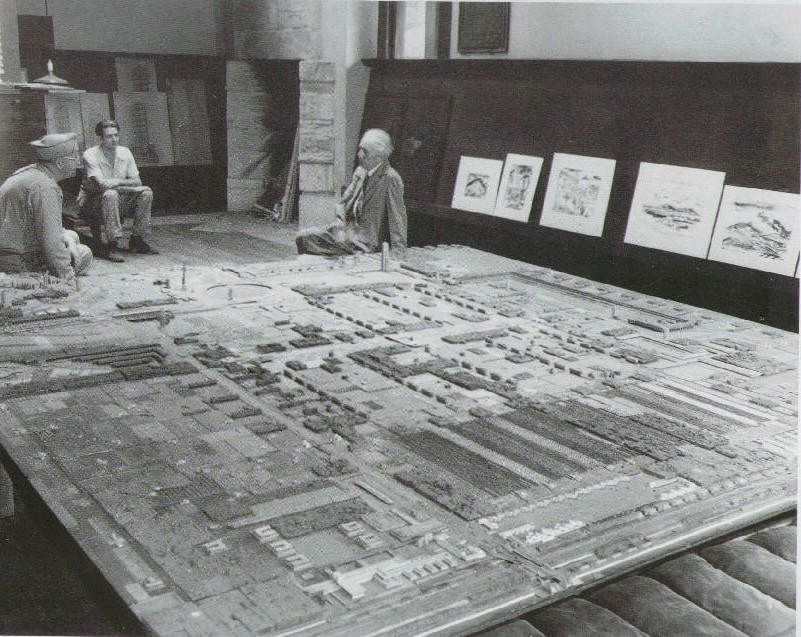
|
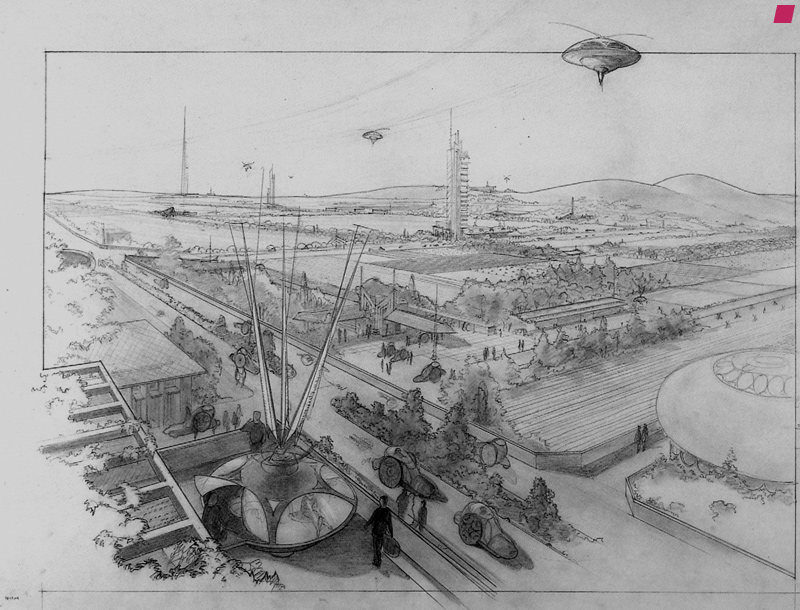
|
Imagine
this, coast to coast, all the same size, all the same features,
|
Catch the
next flying saucer to Cloneville
|
So far, Broadacre City (City??, not in my book) exists only as an
idea. But we have adapted a considerable number of features from
it. I think they're Mr. Hyde-ish, though the developers and
residents of parts may disagree. I offer Stamford, CT as a test
case, though I could replicate the demonstrate in any
state of the lower 48.
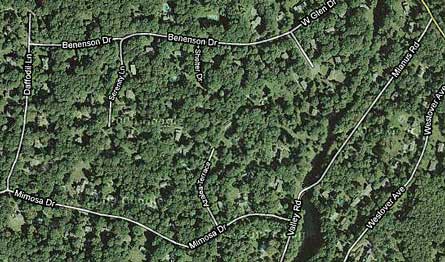
|
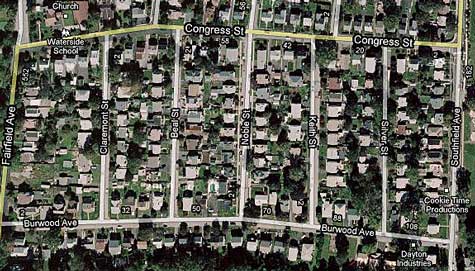
|
Stamford,
toward the northern
side of town and on the west.
|
Stamford, toward the
southern side of town , and on the west.
|
Count the number of houses in each illustration
above. IF the link works, take a walk in each area.
Could the definition of neighbor possibly be the same in both, I
don't think so. I love American Factfinder. I can't wait
until it is updated with 2010 census figures, but until then, 2000
figures will have to do. Things will not have changed
much, I predict. So let's look at Stamford from three
different perspectives, Density of Housing, Income,
and Race.
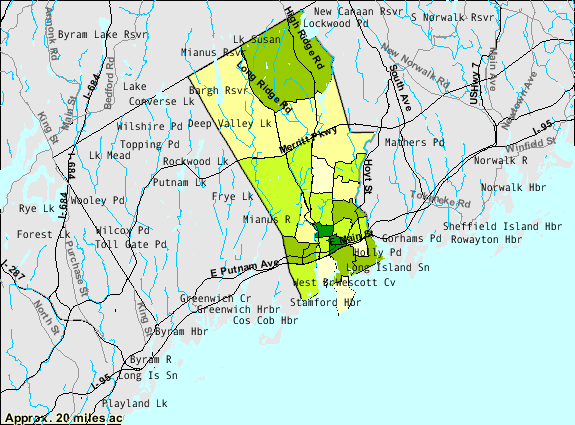
|
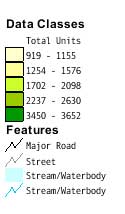
|
Housing Units
|
The denser
the housing the darker the data class
|
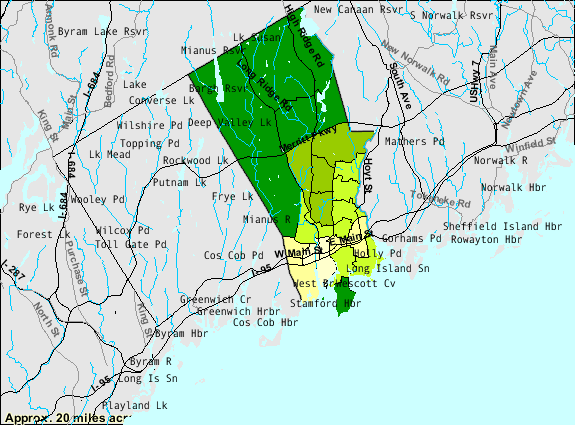
|

|
Household
Income (2000)
|
The higher
the income the darker the data class.
Not many in Stamford are "poor" but that's not entirely relevant to the
argument I'm making.
|
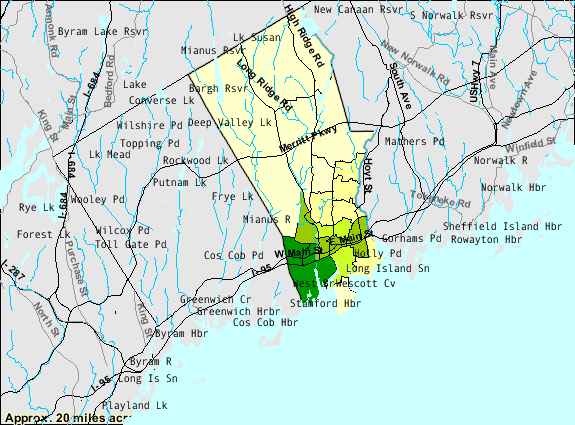
|
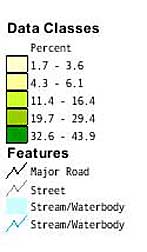
|
Percentage
of Respondents Identifying Themselves as Black
|
The darker
the data class, the larger the percentage self-identifying as black
The City median is bout 15 %, but as one can see the distribution
within the city is very much skewed.
|
There are lots of conclusions to be drawn, but I'm curious what
conclusions readers may draw. I'm prepared to defend the
thesis that the Mr. Hyde in us has used the Horatio Alger version
of the American Dream to flee diversity and settle in bland, blond
neighborhoods--blond in terms of skin tones, if not hair
color. We may recite Emma Lazarus's lines "Give me your tired,
your poor", but we add NIMBY and define the BY far beyond our
individual property lines. Out of this comes more global
warming, larger carbon footprints, more dependence on fossil fuels, and
more ecological disasters. This is enough for today.
I may come back to some of these topics if anyone is interested in more
meandering aMike stuff.
I'm going to try to preview this and see if the formatting works. If it doesn't delete and try again.










Comments
Thanks for that very informative post. Median income slumped last year, according to recently unveiled data from the U.S. Census. Working-class Americans are having a harder time of things, such as lower earnings among other financial maladies. Article source: https://personalmoneynetwork.com/personal-loans/.
by JamesL (not verified) on Tue, 08/26/2014 - 7:20am